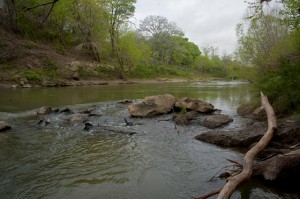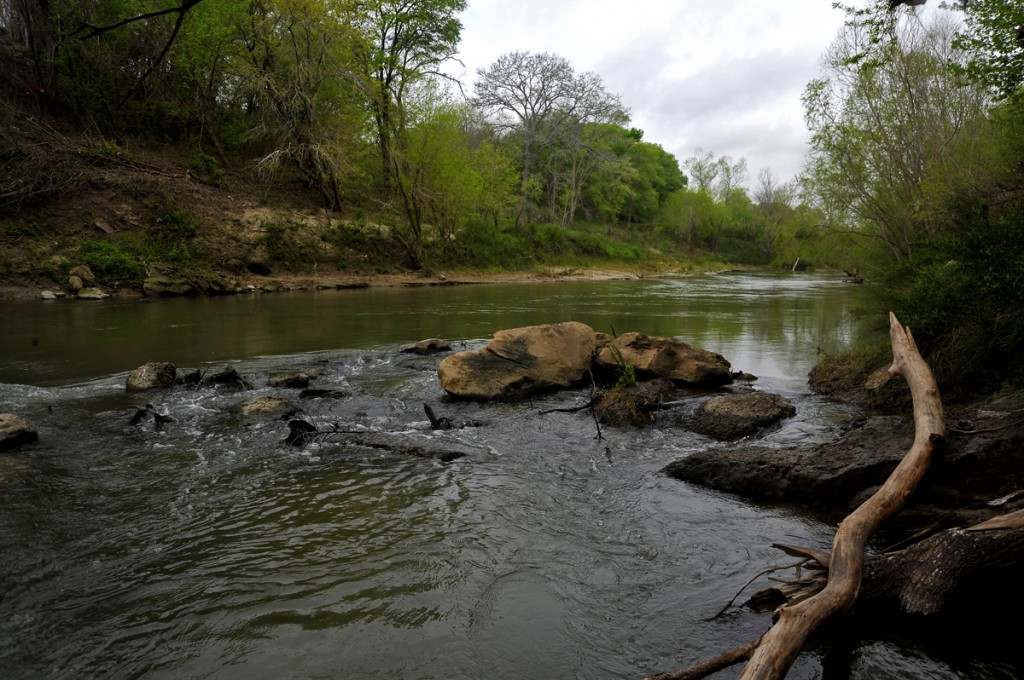Don’t look back. Something might be gaining on you…Satchel Paige
Looking back is a luxury that we can rarely afford. Fermata is a consultancy; we live from contract to contract. The good news is that we stay busy. The bad news is that we rarely get the opportunity to look back over our accomplishments.
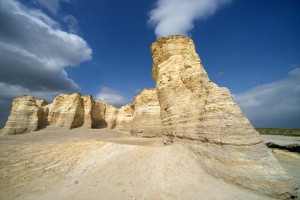
This is not our first project where we have worked directly with the governor. Several years ago we developed the Maine ecotourism strategy for then-Governor Baldacci. In Pennsylvania we worked with Governor Tom Ridge, then continued with Governor Ed Rendell. The results of that decade-long collaboration were the Pennsylvania Wilds and another 4 Conservation Landscape Initiatives (CLIs). We began the birding trail craze in Texas with Governor Ann Richards.
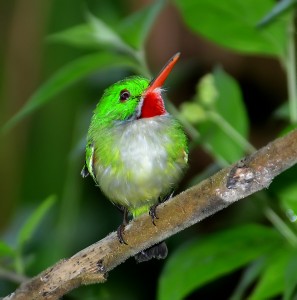
Our interpretive work for the Society for the Conservation and Study of Caribbean Birds (SCSCB) has extended across the Caribbean as well. Recently I completed an interpretive strategy for Key Biodiversity Areas (KBAs) in the Dominican Republic, Jamaica, and Grenada. Last week I worked in Jamaica with the Windsor Research Centre, conducting a workshop on sustainable recreation and tourism as a development alternative. We hope to continue our work on the Caribbean Bird Trail this next year, extending its reach throughout the Basin.
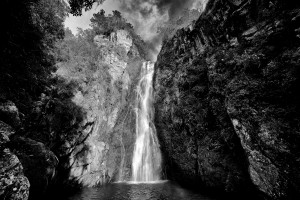
When I started Fermata in 1992 I thought that I would focus on birds and nature. Little did I know where the trail would lead. Now we work in cultural and historical landscapes as much as with nature. Our services now span the interpretive range from planning to products. Yet one trait ties all of these disparate parts together. We are still driven by curiosity, by a simple need to reveal “beautiful truths.”
Ted Lee Eubanks
Founder & President
